The mighty adorable Carlos Acosta is at the London Coliseum this week in all his might and all his adorableness - four times, you may like to know, he appears without his shirt on. This is relevant, because it’s not the preening bare-chestedness of a showbiz egomaniac like some I could name, it demonstrates the desire of a man to shed trappings, to be himself at his most unadorned, adorning the art he loves: classical ballet.
Acosta likes to do a summer show for London, though not necessarily directly against the Bolshoi Ballet residency. However, this has great appeal, being a gallery of Acosta's favourite things (a monumental exception is Grigorovich's Spartacus, a fabulous personal triumph for him). The Cuban’s strong, pure love of ballet and what it can show is, without artifice, his fuel and guide. One loves him for the way he presents every ballerina as if she were a goddess, his huge hands gently cupping her waist to ensure her stability, and the moment she doesn’t need him, he whips them away happily to let her dazzle on her own. That’s a gentleman. That happened in the sizzling Diana and Actaeon gala pas de deux with Marianela Nuñez which ends the first half - a romp of technical fireworks by two dancers raised in the Latin part of the world where these gleefully technical and athletic numbers are learned almost with mother's milk.
Nuñez writhes languorously like a sunbathing asp in gold lamé trousers, a cruel tease to a lusty Golden Slave like Acosta
Agrippina Vaganova's Soviet gala showstopper is a guilty pleasure here, and never have I seen it so jubilantly performed. Nuñez and Acosta are two sunny individuals, and together they are a galaxy of solar energy, she so strong and glamorous in her sexy little goddess hunting outfit, he the delighted love object, both soaring in jumps that hang in air while your heart misses a beat. They cherish every step, they strain to fine-draw the arched Russian lines, they sweat to achieve the little technical nuances, Nuñez above all in some astonishingly deep, swooping arabesques and blurring spins.
That was one of the four topless-Carlos numbers. Another was the camp Sheherazade duet - the longest, silliest pas de deux ever tacked together, may we please be excused from believing by Michel Fokine? Nuñez writhes languorously like a sunbathing asp in gold lamé trousers, a cruel tease to a lusty Golden Slave like Acosta, who hurls himself through the air in great palpitating jumps. It’s the equivalent of Ferrero Rocher - you're just longing for some real chocolate with a quarter of the sugar.
More of the dark bronze Acosta chest is displayed for Nuñez to enjoy in Balanchine’s Apollo duet, in which the poised balance of this particular partnership is touchingly described. He is too courteous an individual to upstage his goddess, he shines his own light on his Terpsichore, which turns Nuñez - who is at her most fastidiously elegant in Balanchine - into the beauteous dominant divinity.
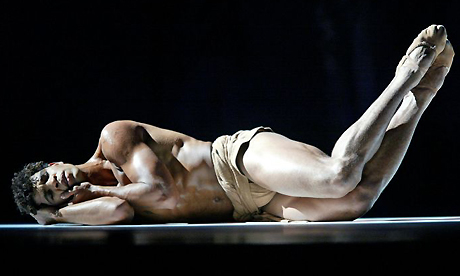 There are other ballerinas and other styles too. Acosta, for all his party spirit, has a deep love of Kenneth MacMillan’s more shadowy, thoughtful ballets, and one of the strengths of this programme is the chance to see sections of works that I’ve not seen extracted before. We have the final, scary scene from Mayerling, its horrors then gentled away by a close-knit duet from Gloria, and Acosta himself in one of his most honest and marvellous roles, in Requiem. Almost naked, this time for serious purposes, Acosta embodies better than anyone the Everyman, so staggeringly honest and unassuming is his dancing, the way he reins in his physical power for so humble an effect (Acosta pictured above in Requiem, © Tristram Kenton).
There are other ballerinas and other styles too. Acosta, for all his party spirit, has a deep love of Kenneth MacMillan’s more shadowy, thoughtful ballets, and one of the strengths of this programme is the chance to see sections of works that I’ve not seen extracted before. We have the final, scary scene from Mayerling, its horrors then gentled away by a close-knit duet from Gloria, and Acosta himself in one of his most honest and marvellous roles, in Requiem. Almost naked, this time for serious purposes, Acosta embodies better than anyone the Everyman, so staggeringly honest and unassuming is his dancing, the way he reins in his physical power for so humble an effect (Acosta pictured above in Requiem, © Tristram Kenton).
Continued overleaf, with gallery of rehearsal photographs by Johan Persson
In Requiem and Mayerling Leanne Benjamin is his tremendous partner, avid as hell as Mary Vetsera, and the polar opposite in Requiem as the consoling girl in white, who so delicately steers the agonised Acosta into tranquillity. As she’s officially just retired, these appearances in this rep are bonuses for watchers. Benjamin also delivers Manon’s bedroom duet with kittenish, untrustworthy allure opposite the tall, mesmerised Nehemiah Kish, and three younger ballerinas show Acosta’s instinct to pass the torch on, now that he has turned 40.
Melissa Hamilton is emerging as a major interpreter of contemporary ballet, both physically lithe and expressively complex. In the WW1 work Gloria, with Kish, she was dense with suffering; in Christopher Wheeldon’s snaky Tryst she permitted Eric Underwood to bend her this or that impossible way with a glorious, impermeable haughtiness.
Hinkis is plenty of fun to watch, with a bit of Broadway ballsiness in her dancing
Ricardo Cervera was too self-effacing partnering the exquisite Yuhui Choe in the "Come Dancing" smooch of Ashton’s Rhapsody (please, he is supposed to be Baryshnikov), and remained the unruffled gent in Balanchine’s Rubies despite hot babe Meaghan Grace Hinkis’s provocations in her spangly ruby microdress. Hinkis is plenty of fun to watch, another recent import to the Royal Ballet from the US with, like Alexandra Ansanelli before her, a bit of Broadway ballsiness in her dancing.
The evening is nicely devised, with a first half delivering big emotions, high spirits and gala sweets, and a higher-toned second half, with MacMillan, Balanchine and Wheeldon, before Acosta finishes on a rum ‘n’ Coke Cuban solo that concludes with him doing an awesome b-boy spin. It’s a generous programme, and he is surely going to be dead with tiredness by Sunday.
The music is also well handled, ranging from big romantics like Liszt and Rachmaninov to Poulenc and James MacMillan, performed well by the Royal Ballet Sinfonia, the Pegasus Choir and conductor Paul Murphy, with Robert Clark’s fine piano-playing in atmospheric half-light onstage.
Great value, fine artistry, much approachable warmth, and a contagious passion for ballet pouring off the stage towards us. Tell your friends.

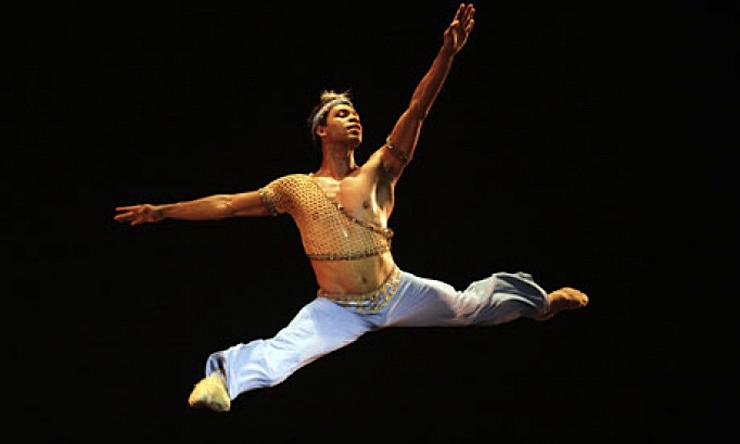


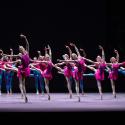

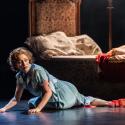


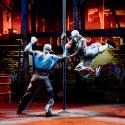



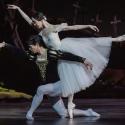
Add comment